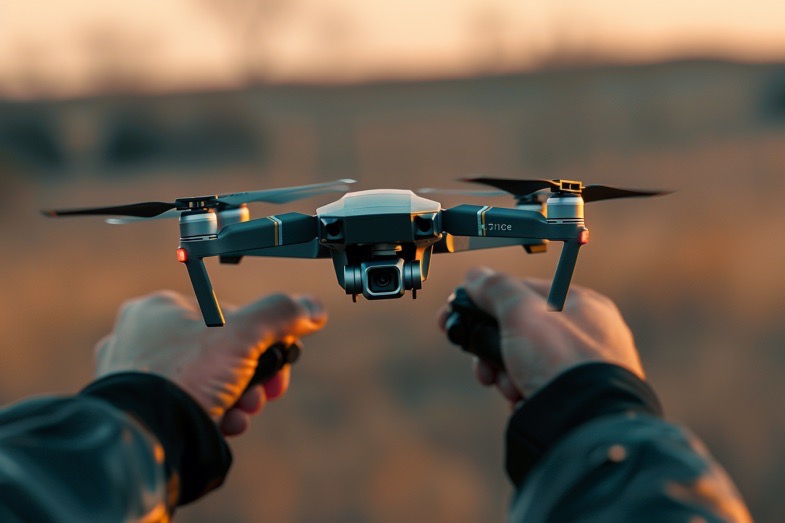Breaking News: Voyager-1 Probe Resumes Sending Data to Earth
In an exciting development, the US space agency has announced that its Voyager-1 probe is once again transmitting valuable information back to Earth after a prolonged period of technical difficulties.
The Voyager-1 spacecraft, now 46 years old, holds the title of humanity’s most distant object, venturing far beyond the reaches of our solar system.
After experiencing a computer malfunction that rendered its data incomprehensible in November, engineers have successfully rectified the issue, allowing Voyager to resume sending crucial health updates about its onboard systems.
Currently situated more than 24 billion km (15 billion miles) away, Voyager-1 operates at such a vast distance that its radio signals take a staggering 22.5 hours to reach Earth.
“Voyager-1 spacecraft is now providing reliable data regarding the condition and functionality of its engineering systems,” Nasa stated in a press release. “The next phase involves reinstating the transmission of scientific data.”
Launched on a mission to explore the outer planets in 1977, Voyager-1 surpassed expectations by venturing further into interstellar space beyond the heliosphere in 2012, delving into the realm of interstellar gas, dust, and magnetic fields.
A malfunctioning chip was identified as the culprit behind Voyager’s recent communication troubles, preventing its computers from accessing crucial software needed to package data for transmission back to Earth.
Despite the setback, engineers managed to resolve the issue by relocating the affected code within the probe’s memory, restoring communication capabilities and reestablishing contact with the aging spacecraft.
Powered by radioisotope thermoelectric generators (RTGs) that convert plutonium heat into electricity, the Voyager probes face an uncertain future as their power supply diminishes over time. However, engineers have consistently devised innovative solutions to prolong their operational lifespan.
Voyager-2, Voyager-1’s companion spacecraft, trails slightly behind its counterpart and remains over 20 billion km (13 billion miles) from Earth. Despite their remarkable speed, both probes are not expected to encounter another star for tens of thousands of years.
As the Voyagers continue their extraordinary journey through the cosmos, the world eagerly anticipates the wealth of scientific insights they will continue to provide in the years to come. — BBC



